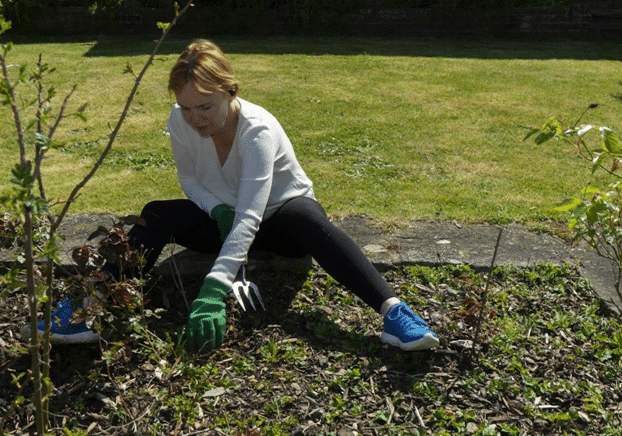The quest for a flawless yard transcends mere aesthetics; it is a dedicated effort to safeguard the vitality and visual appeal of your personal outdoor sanctuary.
Weeds are more than an eyesore; they are aggressive competitors, vying for the same essential resources that your garden needs. Studies show that weeds can reduce desirable plant yields like wheat by up to 60%.
This guide aims to arm you with sophisticated strategies that will ensure your garden remains an immaculate oasis.
Identifying Common Weeds and Their Growth Patterns
The first step in your campaign against weeds is to become familiar with the enemy. Common invaders, such as dandelions, can be recognized by their telltale yellow flowers and puffball seed heads.
Similarly, there is crabgrass, with its sprawling tendency, and clover, with its distinctive trifoliate leaves. Each of them has their unique growth behaviors and life cycles.
These life cycles may be categorized as annual, completing their life span within a single year; biennial, taking two years to mature; or perennial, persisting and potentially spreading year after year.
Weeds like crabgrass can get out of control quickly, considering they can produce up to 150,000 seeds per plant! In the U.S., weeds contribute to an estimated $33 billion in lost crop production annually. Sure, you aren’t losing billions of dollars because of weeds, but they still bring their destructive nature into your garden.
Gaining insight into these patterns is not just academic; it forms the foundation of your defense strategy, influencing when to act and which methods will be most effective.
Pre-Emergent Strategies for Weed Prevention
Engaging in preemptive measures can be likened to setting up defenses before an invasion. Central to this defense is the condition of the soil. Soil that is regularly aerated and amended with the right balance of nutrients will favor your chosen flora over invasive weeds. In this stage, pre-emergent herbicides can be an ally.
These are substances designed to be applied to your garden before the weeds manifest, preventing their seeds from developing into troublesome seedlings. The application of these herbicides is a time-sensitive operation, ideally in early spring, to disrupt the weed life cycle right at the inception of their growth.
Post-Emergent Techniques for Existing Weed Control
Even the most meticulously maintained gardens may find themselves hosting unwelcome flora. When such instances arise, post-emergent measures must be taken. Manual extraction, which can be as simple as hand-pulling or the use of specialized tools like weeders, can be quite effective.
This is particularly true when the intervention is timely—ideally before the weeds reach maturity and disperse their progeny. For more substantial infestations, herbicides that are designed to target sprouting weeds can be used.
In that regard, one popular option is Roundup, which has been extensively used by many American gardeners. However, the health risks that it poses are not insignificant. This is thanks to the chemical “glyphosate.” TorHoerman Law states that several individuals are currently filing lawsuits against Bayer AG and Monsanto, the companies behind the popular herbicide.
If you have used Roundup and developed cancer, it could be because of glyphosate. It may be worth researching your legal options and finding the best lawyer for a roundup lawsuit case.
Remember, precise adherence to the guidelines for application is crucial to ensuring that only the unwanted plants are affected and that the desirable vegetation remains unharmed.
Natural and Eco-Friendly Weed Control Alternatives
Those who prefer to minimize their environmental footprint have at their disposal several natural tactics. Homemade concoctions, often centered around vinegar, can provide an alternative to commercial chemical herbicides.
These natural solutions may need more frequent application, but they offer peace of mind for the eco-conscious gardener. Furthermore, cultivating a robust, dense growth of grass and garden plants can serve as a living mulch. This suppresses weeds by monopolizing light and space and thereby impeding the establishment and spread of unwanted plants.
Conclusion
Keeping your garden free of weeds is really about staying on top of things. You’ve got to be a bit of a detective, figuring out what weeds you’ve got and when they grow. Then, you act early and stop them from popping up in the first place or get rid of them as they show up.
It’s a routine responsibility, but if you keep at it, your garden will look great, and you won’t have destructive weeds ruining your view. Plus, the more you look after your garden, the nicer it’ll be—a perfect spot for you to chill out and enjoy the outdoors.
